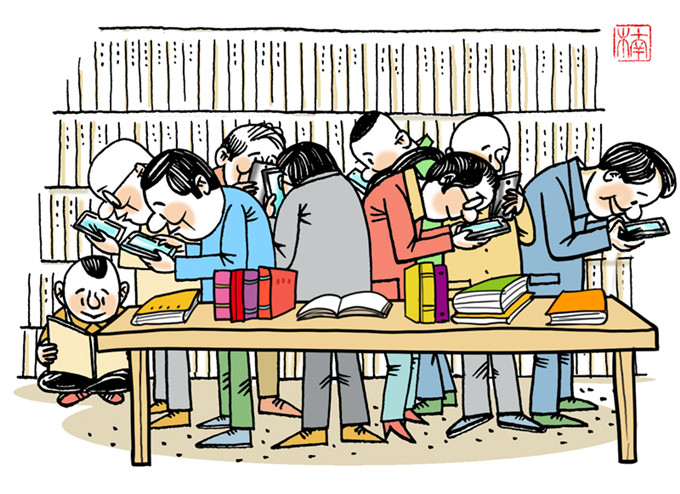Supporting Initiatives for a Comprehensive Global Economic Growth
Living in a country thousands of miles away from my native Colombiahas definitely been a mind-opening, culturally enriching experience, which in many ways shaped my thinking and views on many issues. It’s been almost 10 years since the first time I touched the Chinese land. Having been granted the CSC scholarship to pursue master’s degree in the field of Civil Engineering, I am honored to have the opportunity to continue my stay and my studies in this great country.
Despite countless efforts made by many to revive global economy, very few strategic action plans have been proposed.
The magazine “Amigos de China” (in translation from Spanish meaning friends of China) once asked Santo Domingo, the first Colombian ambassador in China, what was the main lesson the Chinese taught him, to which he replied: “Long-term planning.” This makes one consider the plans, strategies and initiatives that China had to established in order to promote economic development and maintain its stability, which ultimately led China to securing its place as the second largest world economy.
This article briefly highlights a view on how good strategies can contribute to improving global economy as well as individual quality of life.
Bilateral relations between China and Colombia started in 1980, and this cooperation was primarily based on bilateral trade. Colombia mainly imported various commodities including industrial equipment, transportation equipment, consumer goods, chemicals, fuel and electricity, while exporting natural resources such as nickel, scrap metal, primary plastics, pesticides, bananas and coffee. As of 2017, China has become the second largest trading partner of Colombia.
Morover, China’s economic transformation has become a model for many Latin Americancountries, which havehigh expectations from the recent China-Latin America cooperation. The first engine for Chinese economic growth was based on trade, but after more than 35 years, this initial economic driving force might not suffice to meet the rapidly growing global needs. Thus, China is yet again forced to reform its economic model with a goal to enhance strategies and initiatives for a mutual development, not only between Chinese regions but also among its neighboring countries. The Yangtze River Economic Belt Plan, and the Silk Economic Belt and New Maritime Silk Road (known as One Belt One Road) are two priority initiatives for China.
Although there is much to say about the initiatives named above, here I would like to talk mainly about two ongoing initiatives in Asia and South America: the IIRSA and the OBOR, respectively.
The IIRSA stands for Integration of Regional Infrastructure in South America, a development plan to link South America’s economies by means of telecommunication, transportation and energy projects.It was launched in the year of 2000 with 12 countries supported technically and financially by the Technical Coordination Committee. On the other hand, since 2013 the OBOR initiative emerged from the ancient Silk Road to the “New Silk Road” with the participation of 57 countries, of which 22 are European, covering 6 economic corridors on 3 continents (Europe, Africa and Asia) investing also in infrastructure such as railroad connections, oil and gas pipelines, and ports.
The corresponding initiatives share a few things in common; both require a great deal of cooperation among nations, the support of investors, labor, technology and educational resources that will optimize the results of each party. Hence, despiteof historical issues, people need to look at it rationally, accepting that cooperation is the only effective way to transform the economy and most importantly, to provide a sustainable amelioration of the standard of living. In addition, policies and statements at each stage of the initiative must be clear and respected by all parties. Moreover, the efforts of every country need also to embracetheir ownplans to sustain and assure the growth of themost valuable and available resource:its people. This could be done, for example, by promoting innovation and entrepreneurship in young people to create big companies and businesses, promoting modelsfor ecological development, etc.
I believe that the initiatives described above is the outcome of rational thinking that seeks to find ways for mutually beneficial cooperation and common global development in which all countries can learn from China’s experience of rapid and steady socioeconomic development, or as Santo Domingo had put it, to learn from Chinese long-term planning.


















